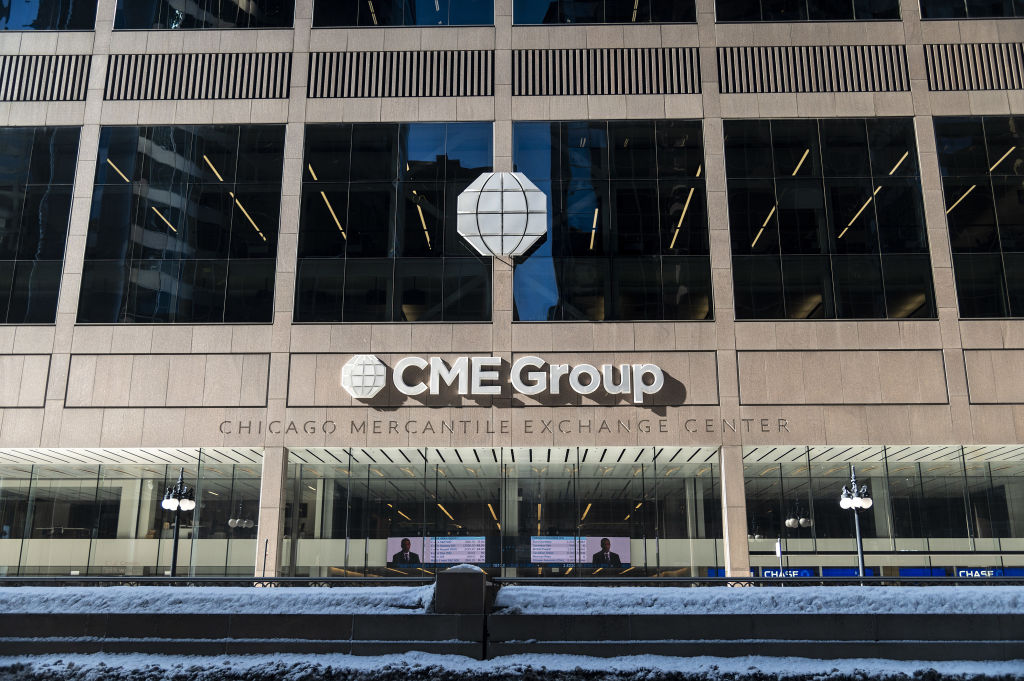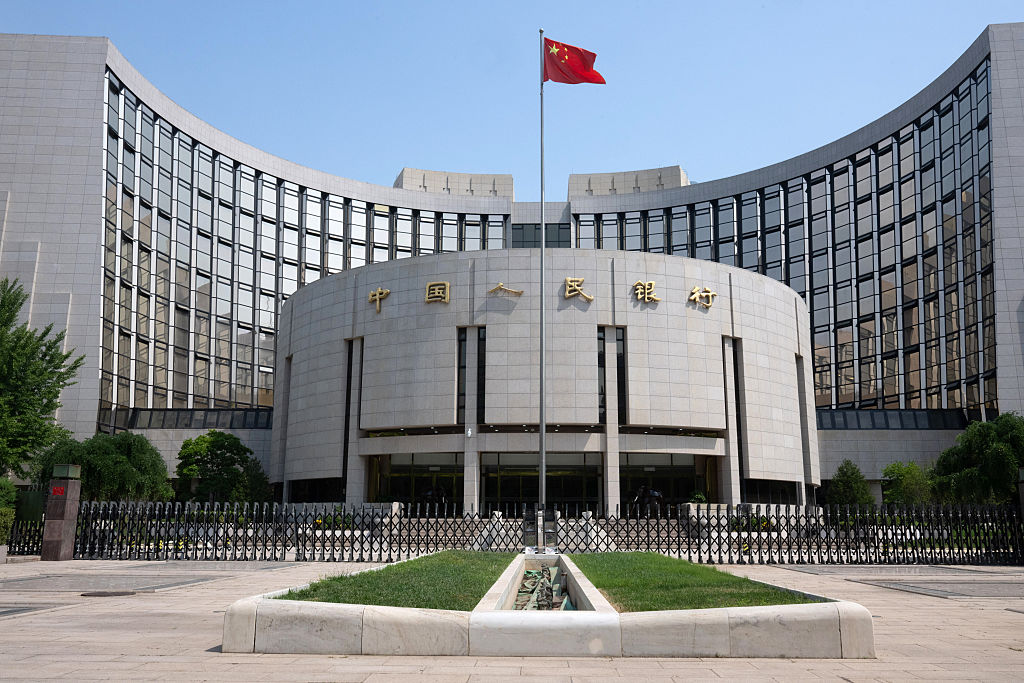Trading: a cheap broker set to bounce
Interdealer broker TP ICAP is cheap, expanding steadily and restoring its dividend. Matthew Partridge explains the best way to play it.


Interdealer brokers make up one of the less glamorous subsectors of financial services; you will rarely see them appear in the news. They provide the electronic infrastructure to allow big financial institutions to trade with each other in cases where there is no centralised exchange, such as a stockmarket.
This usually means bonds or complex products, such as financial swaps and some commodities (notably energy). One such broker is TP ICAP (LSE: TCAP), which has seen it shares fall by nearly 50% over the past year thanks to a dividend cut, the fall in trading volumes induced by the pandemic and the disruption caused by the UK leaving the EU’s single market.
TP ICAP had hoped that the UK would agree a deal with the EU that would allow it to keep serving EU clients, possibly in the legal context of “equivalence” (a rule meaning the UK could gain limited access to EU markets as long as its regulation was deemed equivalent).
MoneyWeek
Subscribe to MoneyWeek today and get your first six magazine issues absolutely FREE

Sign up to Money Morning
Don't miss the latest investment and personal finances news, market analysis, plus money-saving tips with our free twice-daily newsletter
Don't miss the latest investment and personal finances news, market analysis, plus money-saving tips with our free twice-daily newsletter
The broker’s back-up plan was to get around the rules by relocating some of its staff to a hub in Paris. However, it looks as though a deal between the UK and EU on financial services is unlikely, while restrictions on travel between the two countries have caused the reopening of the Paris office to be delayed.
New revenue streams
Nevertheless, TP ICAP still managed to increase its revenues in 2020 and is expected to keep growing sales over the next few years. Profits are also expected to return to pre-pandemic levels by 2022. TP ICAP is also developing a number of interesting projects to diversify its revenue streams.
Chief among them is a platform, launched earlier this year, allowing institutions to trade cryptocurrencies such as bitcoin and ether. While digital currencies may be overvalued at present, there is no doubt that they will become an important asset in the long run, especially if central banks devise their own digital currencies. Perhaps the most compelling reason for being bullish on TP ICAP, however, is its valuation. Even though its sales doubled between 2016 and 2020 and are expected to keep expanding by around 7% a year over the next few years, the stock still only trades at 6.8 times 2022 earnings.
It is also on a discount of around 7% to its book value. Finally, the company has started to rebuild its dividend, giving it a very generous yield of 7%, which should be covered by earnings.
I recommend that you go long on TP ICAP at £18 per 1p. But because the shares have fallen so much over the past year, it may be a good idea to wait until they rise above 220p so it’s clear that market sentiment has turned on the company. I would set a stop loss at 165p, which would give you a total downside of £990.
Trading techniques... beware the death cross
A few weeks ago, bitcoin crashed through the dreaded “death cross”. This is a chart formation whereby the 50-day moving average (an asset’s mean closing price over the past 50 days) falls through the 200-day moving average.
The rationale behind a death cross is that since the 50-day moving average is based on more recent price information than the 200-day one, a “death cross” indicates negative price momentum.A “golden cross”, which is generally seen as bullish, is the opposite, with the 50-day moving average climbing above the 200-day one.
There is some evidence from the stockmarket to support the idea that death crosses are a signal to sell, at least in the short run. Research by Sundial Capital Research found that between 1928 and March 2020 the S&P 500 fell by a median of 2.9% in the month after a death cross.
However, the study also notes that its power as a trading signal in the longer run is much less powerful. In the year after a death cross was formed, the median annual return was 9.7%, only slightly lower than the median return since 1928.
The evidence that golden crosses are a buy signal is similarly weak. Research by Georg Vrba of Advisor Perspectives compared a strategy of moving from the S&P 500 into US government bonds after a death cross and vice versa after a golden cross with a simple buy-and-hold strategy between March 1966 and the end of January 2020.
He found that the approach involving golden and death crosses would have returned an annual average of 9.99% compared with 9.14% for a buy-and-hold strategy. What’s more, between January 1990 and January 2020, buy and hold actually outperformed the other strategy.
How my tips have fared
The last four weeks have been mixed for my long tips, with two rising and the other three depreciating. Construction firm Morgan Sindall rose from 2,235p to 2,275p and US Housebuilder DR Horton climbed from $87.98 to $89.03.
However, media group ITV fell from 129p to 125p, cruise-ship operator Norwegian Cruise Line went down from $31 to $27.28, and spread-betting firm Plus500 declined from 1,442 to 1,407p. The impact of the losers has outweighed those of the gainers, with net profits on my long tips falling to £4,022, down from £4,405 four weeks ago.
It has been a similar story with my short tips. Electric-lorry manufacturer Nikola fell from $17.71 to $15.05 and hydrogen fuel-cell electric-vehicle maker Plug Power declined from $30.57 to $29.02. Cinema chain AMC also fell below $45 (the level at which I said you should short it), and is now at $42.61.
Bitcoin declined from $39,601 to $33,233. However, online grocer Ocado increased from 1,917p to 1,922p, cloud-computing specialist Snowflake increased from $244 to $267, while electric-car company Tesla rose from $618 to $685. Overall, my shorts are making a total net profit of £2,308, compared with £2,236 a month ago.
I now have five long tips (Morgan Sindall, DR Horton, ITV, Norwegian Cruise Line and Plus500) and seven shorts (Nikola, Plug Power, bitcoin, Ocado, Snowflake, AMC and Tesla). This is not only unwieldy, but also unbalanced. Although all my shorts (apart from Tesla) are in the black, Nikola and Ocado are the oldest, with Nikola more than a year old. So I suggest you close both, taking profits of £1,099 on Nikola and £337 on Ocado. I would also cut the point at which you cover Snowflake from $400 to $390.
Get the latest financial news, insights and expert analysis from our award-winning MoneyWeek team, to help you understand what really matters when it comes to your finances.

-
 What are my retirement income options?
What are my retirement income options?We’re all told to save into a pension, but there’s widespread confusion about how to take an income from our savings and investments at retirement, a new study has found. We look at your retirement income options.
-
 UK interest rates: will the Bank of England lower rates?
UK interest rates: will the Bank of England lower rates?The Bank of England’s Monetary Policy Committee’s (MPC) final interest rates meeting of the year takes place tomorrow (18 December) and most experts expect a cut
-
 Coreweave is on borrowed time
Coreweave is on borrowed timeAI infrastructure firm Coreweave is heading for trouble and is absurdly pricey, says Matthew Partridge
-
 Circle sets a new gold standard for cryptocurrencies
Circle sets a new gold standard for cryptocurrenciesCryptocurrencies have existed in a kind of financial Wild West. No longer – they are entering the mainstream, and US-listed Circle is ideally placed to benefit
-
 Profit from other investors’ trades with CME Group
Profit from other investors’ trades with CME GroupCME Group is one of the world’s largest exchanges, which gives it a significant competitive advantage
-
 Investors need to get ready for an age of uncertainty and upheaval
Investors need to get ready for an age of uncertainty and upheavalTectonic geopolitical and economic shifts are underway. Investors need to consider a range of tools when positioning portfolios to accommodate these changes
-
 How much gold does China have – and how to cash in
How much gold does China have – and how to cash inChina's gold reserves are vastly understated, says Dominic Frisby. So hold gold, overbought or not
-
 Debasing Wall Street's new debasement trade idea
Debasing Wall Street's new debasement trade ideaThe debasement trade is a catchy and plausible idea, but there’s no sign that markets are alarmed, says Cris Sholto Heaton
-
 Who is Rob Granieri, the mysterious billionaire leader of Jane Street?
Who is Rob Granieri, the mysterious billionaire leader of Jane Street?Profits at Jane Street have exploded, throwing billionaire Rob Granieri into the limelight. But it’s not just the firm’s success that is prompting scrutiny
-
 Beware the bubble in bitcoin treasury companies
Beware the bubble in bitcoin treasury companiesBitcoin treasury companies are no longer coining it. Short this one, says Matthew Partridge